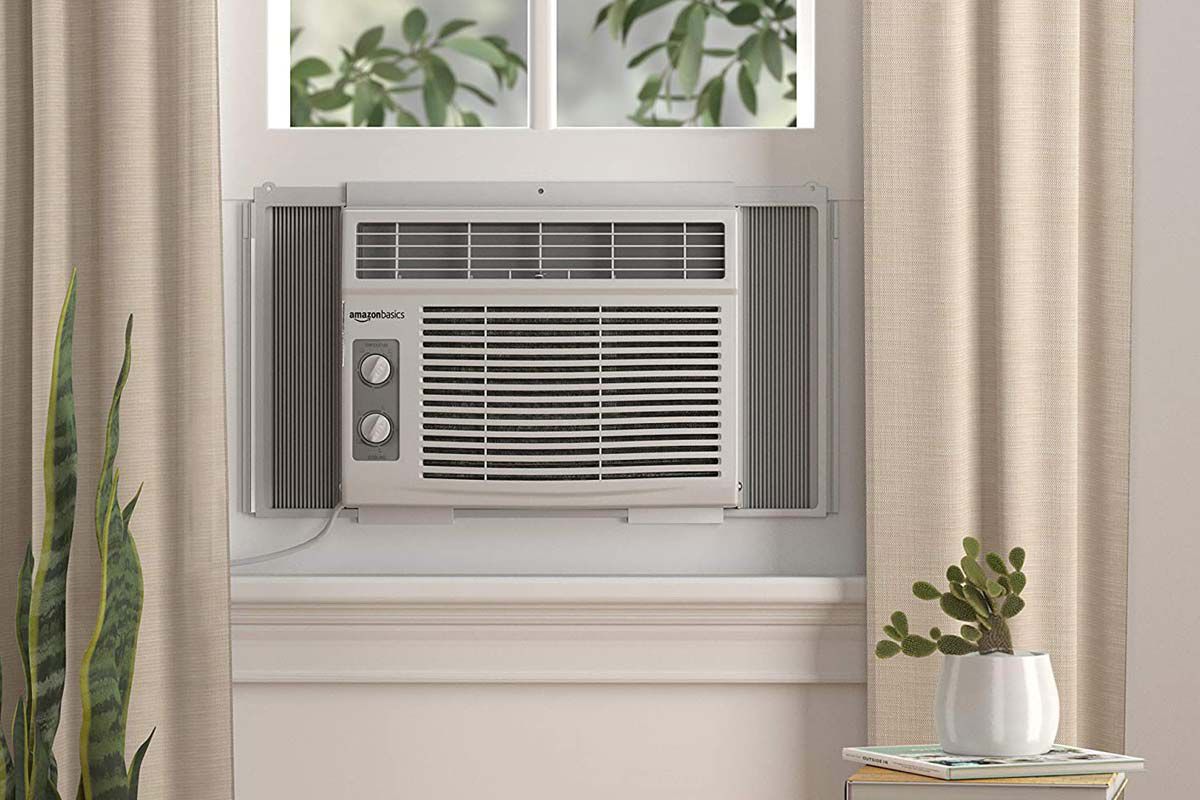

Articles
How Does Window AC Work
Modified: May 6, 2024
Learn how window AC works and efficiently cools your space. Read our informative articles and get expert tips to maximize its performance.
(Many of the links in this article redirect to a specific reviewed product. Your purchase of these products through affiliate links helps to generate commission for Storables.com, at no extra cost. Learn more)
Introduction
Window air conditioners, often referred to as window ACs, are a popular cooling solution for homes and offices. These compact units are designed to fit into a window opening, providing efficient cooling in individual rooms or small spaces. Understanding how window ACs work can help you make informed decisions about the type of cooling system that best suits your needs. In this article, we will explore the components, working principle, and energy efficiency of window ACs, as well as provide maintenance and troubleshooting tips.
A window AC consists of several key components, including a compressor, evaporator coil, condenser coil, expansion valve, and a fan. These components work together to cool and circulate the air in a room. The cooling process begins with the refrigeration cycle, which is the heart of any air conditioning system.
Key Takeaways:
- Understanding the components, working principle, and maintenance of window ACs is crucial for informed decision-making, efficient cooling, and optimal performance.
- Energy efficiency, proper airflow and temperature control, and regular maintenance are key factors in maximizing the longevity and efficiency of window AC units.
Read more: How Does An AC Unit Work
Components of a Window AC
Understanding the different components of a window AC is essential in order to grasp how it functions. Let’s take a closer look at each of these components:
1. Compressor: The compressor is the main component responsible for pressurizing and circulating the refrigerant. It compresses the low-pressure, low-temperature refrigerant vapor into a high-pressure, high-temperature vapor.
2. Evaporator Coil: The evaporator coil is located inside the unit and is responsible for absorbing heat from the indoor air. As the refrigerant evaporates, it extracts heat from the surrounding air, cooling it in the process.
3. Condenser Coil: The condenser coil is located outside the unit and works in conjunction with the evaporator coil. It helps release the heat absorbed from the indoor air. The high-pressure, high-temperature refrigerant vapor from the compressor enters the condenser coil, where it releases heat to the outdoor air, causing the refrigerant to condense into a liquid state.
4. Expansion Valve: The expansion valve is a small device located between the evaporator coil and the condenser coil. It regulates the flow of refrigerant into the evaporator coil, controlling the rate at which the refrigerant evaporates and absorbs heat.
5. Fan: A window AC has an internal fan that helps circulate the air within the room. This fan blows air over the evaporator coil, where it is cooled, and then distributes the cold air throughout the room.
6. Air Filter: The air filter is an essential component of a window AC. It helps remove dust, pollen, and other particles from the air, ensuring cleaner and healthier indoor air quality.
7. Control Panel: The control panel is typically located on the front of the unit and allows users to adjust settings such as temperature, fan speed, and mode of operation.
8. Drain Pan and Drainage System: Windows ACs also have a drain pan to collect the condensate that forms as a result of the cooling process. The drain pan is connected to a drainage system that allows the collected water to be discharged outside or recycled for cooling.
Understanding these components is crucial to troubleshooting and maintaining your window AC. Regular maintenance, such as cleaning the air filters and ensuring proper drainage, can help extend the lifespan of the unit and keep it running efficiently.
Refrigeration Cycle
The refrigeration cycle is the fundamental process that allows a window AC to cool the surrounding air. It involves the circulation and transformation of the refrigerant, a substance with properties that allow it to absorb and release heat efficiently. Let’s dive into the stages of the refrigeration cycle:
1. Compression: The process begins as the compressor pumps the low-pressure, low-temperature refrigerant vapor from the evaporator coil. It compresses the vapor, increasing its pressure and temperature.
2. Condensation: The high-pressure, high-temperature refrigerant vapor then moves to the condenser coil located outside the unit. Here, the hot refrigerant vapor releases heat to the outdoor air, causing it to cool and condense into a high-pressure liquid.
3. Expansion: The high-pressure liquid refrigerant passes through the expansion valve, which restricts its flow and reduces its pressure. As the pressure decreases, the refrigerant enters the evaporator coil, transitioning back into a low-pressure vapor.
4. Evaporation: As the low-pressure refrigerant vapor flows through the evaporator coil, it absorbs heat from the indoor air. This heat absorption causes the refrigerant to evaporate and cool down the surrounding air.
5. Repeat: The refrigeration cycle repeats continuously to maintain a consistent cooling effect. The compressor continues to pump the low-pressure vapor from the evaporator coil, restarting the cycle.
Throughout the refrigeration cycle, the window AC effectively transfers heat from the indoor air to the outdoor environment. By removing heat from the room and releasing it outside, the window AC creates a cool and comfortable indoor environment.
It is important to note that the refrigeration cycle requires the proper amount and type of refrigerant to operate efficiently. If there is a refrigerant leak or an insufficient charge, it can affect the cooling performance of the window AC and lead to increased energy consumption. Regular maintenance and timely repairs can help ensure the refrigeration cycle operates smoothly, maximizing the cooling efficiency of the unit.
Working Principle of a Window AC
The working principle of a window AC revolves around the concept of refrigeration and the transfer of heat. Let’s explore the step-by-step process of how a window AC cools the surrounding air:
1. Collection of Air: The window AC draws warm air from the room into the unit through the front grille. The air passes through the air filter, which helps remove dust particles and allergens, ensuring cleaner airflow.
2. Cooling Process: Inside the unit, the warm air encounters the evaporator coil, which contains the low-pressure, cold refrigerant. As the air flows over the evaporator coil, the refrigerant absorbs the heat from the air, causing the air to cool down.
3. Dehumidification: As the air cools, moisture from the warm air condenses on the surface of the evaporator coil, reducing the humidity in the room. The condensed moisture collects in the drain pan and is directed outside through the drainage system.
4. Circulation of Cold Air: The window AC’s internal fan blows the cooled air back into the room. This circulation ensures that the cool air is distributed evenly, providing a comfortable and refreshing indoor environment.
5. Release of Heat: While the air is being cooled, the refrigerant vaporizes and becomes a low-pressure vapor again. It is then compressed by the compressor and sent to the condenser coil located outside the unit. The hot refrigerant vapor releases heat to the outdoor air, allowing it to cool down and condense into a liquid state.
6. Repeat Cycle: The refrigeration cycle repeats continuously as long as the window AC is turned on. The compressor keeps pumping the low-pressure refrigerant vapor from the evaporator coil, restarting the cycle to maintain a consistent cooling effect.
It is important to note that window ACs are designed for cooling specific rooms or small spaces. They are not intended to cool large areas or multiple rooms simultaneously. Additionally, the cooling capacity of a window AC is measured in British Thermal Units (BTUs), and it is essential to select a unit with an appropriate BTU rating for the size of the room it will cool to ensure optimal performance.
By understanding the working principle of a window AC, you can appreciate how it effectively cools the air and creates a comfortable indoor environment. Regular maintenance, such as cleaning the air filters and ensuring proper airflow, can help ensure the efficient operation of the window AC.
Regular maintenance of your window AC unit, including cleaning or replacing the filter, can help improve its efficiency and prolong its lifespan.
Airflow and Temperature Control
Airflow and temperature control are essential aspects of the operation of a window AC. They play a crucial role in maintaining a comfortable and consistent indoor environment. Let’s delve into how airflow and temperature control are achieved in a window AC:
1. Airflow: The window AC utilizes an internal fan to circulate the air within the room. The fan draws in warm air from the environment, passes it over the evaporator coil to cool it, and then blows the cool air back into the room. This continuous circulation of air helps to distribute the cooled air evenly, providing a comfortable cooling effect throughout the space.
2. Air Direction Control: Most window ACs come with adjustable louvers or vents that allow you to control the direction of the airflow. These louvers can be adjusted vertically or horizontally to direct the cool air in the desired direction. By adjusting the louvers, you can customize the airflow to meet your specific cooling needs.
3. Temperature Control: Window ACs incorporate temperature control mechanisms to provide precise cooling based on your desired settings. The control panel allows you to adjust the temperature according to your comfort levels. Once the set temperature is reached, the compressor and fan will maintain the desired temperature by cycling on and off as necessary. This helps to maintain a consistent and comfortable indoor environment.
4. Thermostat Control: The window AC is equipped with a built-in thermostat, which senses the ambient temperature of the room. The thermostat communicates with the compressor and fan, ensuring they operate to maintain the desired temperature. When the room temperature rises above the set temperature, the compressor kicks in, cooling the air and bringing the temperature back to the desired level.
Proper airflow and temperature control are crucial for the efficient performance of a window AC. It is important to ensure that the unit is properly sized for the room it is cooling. An undersized unit may struggle to cool the space adequately, while an oversized unit may cool the room too quickly, leading to reduced humidity control and potential discomfort.
Regular maintenance, such as cleaning the air filters and ensuring unobstructed airflow, is also essential for optimal performance. These simple maintenance tasks help to ensure proper airflow and temperature control, enhancing the overall efficiency and effectiveness of the window AC.
By understanding and effectively utilizing airflow and temperature control in your window AC, you can create a comfortable and controlled environment for cooling.
Read more: How Does AC Work In A Tesla
Energy Efficiency of Window ACs
Energy efficiency is an important consideration when it comes to choosing a window AC. An energy-efficient unit not only helps to reduce your electricity bills but also has a positive impact on the environment. Let’s explore some factors that contribute to the energy efficiency of window ACs:
1. Energy Efficiency Ratio (EER): The Energy Efficiency Ratio is a measure of the cooling output (BTU) divided by the power input (watts) of a window AC. A higher EER indicates greater energy efficiency. When purchasing a window AC, look for models with a higher EER rating, as they consume less energy to provide the same cooling output.
2. Energy Star Certification: Energy Star is a voluntary program by the Environmental Protection Agency (EPA) that certifies energy-efficient products. Window ACs with the Energy Star label meet strict energy efficiency guidelines set by the EPA. Choosing an Energy Star certified window AC ensures that you are selecting a unit that is environmentally friendly and saves energy.
3. Programmable Thermostat: Window ACs with programmable thermostats allow you to set specific temperature preferences based on your schedule. This feature helps to avoid unnecessary cooling when you are not at home, reducing energy consumption. Programmable thermostats also allow you to automate temperature adjustments, ensuring optimal comfort and energy efficiency.
4. Sleep Mode and Energy-Saving Features: Many window ACs come with sleep mode and energy-saving features. Sleep mode gradually adjusts the temperature and fan speed to create a comfortable sleeping environment while conserving energy. Energy-saving features such as “Eco mode” optimize the cooling operation to reduce energy consumption without compromising comfort.
5. Proper Sizing and Installation: Ensuring that the window AC is properly sized for the room is crucial for energy efficiency. An undersized unit may struggle to cool the room effectively, leading to longer running times and increased energy consumption. Conversely, an oversized unit may cycle on and off frequently, also wasting energy. Furthermore, proper installation with adequate insulation and sealing around the unit helps to prevent air leakage, maximizing energy efficiency.
6. Regular Maintenance: Regular maintenance, such as cleaning or replacing air filters, keeps the window AC running efficiently. Clogged or dirty filters restrict airflow, forcing the unit to work harder and consume more energy. Additionally, cleaning the condenser coil and ensuring proper drainage helps maintain optimal performance and energy efficiency.
By considering these factors and choosing an energy-efficient window AC, you can enjoy a comfortable and cool environment while reducing your energy consumption and contributing to a greener future.
Maintenance and Troubleshooting Tips
Maintaining your window AC unit is crucial to ensure its longevity, efficiency, and optimal performance. Here are some maintenance and troubleshooting tips to keep your window AC running smoothly:
1. Clean or Replace Air Filters: Dirty or clogged air filters restrict airflow, reducing the unit’s efficiency. Clean or replace the filters regularly, preferably every month or as recommended by the manufacturer. This will not only improve the cooling performance but also enhance indoor air quality.
2. Clear Obstructions: Make sure there are no obstructions around the window AC, both inside and outside. Clear away any debris, leaves, or objects that could block the airflow or obstruct the condenser coil. This allows for proper ventilation and prevents the unit from working harder and consuming more energy.
3. Clean the Condenser Coil: Over time, the condenser coil can accumulate dirt, dust, and debris, hindering heat transfer. Use a soft brush or vacuum cleaner to gently remove the debris from the coil. Ensure the unit is disconnected from the power supply before cleaning.
4. Check and Clean the Drainage System: Observe the drainage system and ensure there are no blockages that could result in water leaks. Clean the drain pan and use a wire or pipe cleaner to clear any clogs in the drainpipe. A properly functioning drainage system prevents water accumulation and potential damage to the unit.
5. Verify Insulation and Sealing: Confirm that the insulation and sealing around the window AC are intact and in good condition. Insufficient insulation or gaps can lead to air leakage, reducing the cooling efficiency. Seal any gaps or cracks with suitable materials to maintain optimal performance.
6. Troubleshooting Common Issues: If you encounter any issues with your window AC, perform basic troubleshooting steps. Verify that the unit is receiving power and that the circuit breaker has not tripped. Check the thermostat settings and ensure they are correctly adjusted. If problems persist, consult the manufacturer’s manual or seek professional assistance.
7. Professional Maintenance: Schedule regular professional maintenance for your window AC. A professional technician can inspect and clean components such as the evaporator coil, condenser coil, and compressor, ensuring they are in good condition.
Remember to consult the manufacturer’s instructions and guidelines for specific maintenance recommendations tailored to your window AC model.
By following these maintenance and troubleshooting tips, you can maximize the lifespan of your window AC, improve its efficiency, and enjoy consistent cooling performance throughout the year.
Conclusion
Window air conditioners offer a convenient and efficient cooling solution for individual rooms or small spaces. Understanding the components, working principle, and maintenance of a window AC can help you make informed decisions regarding its selection, operation, and maintenance.
The components of a window AC, including the compressor, evaporator coil, condenser coil, expansion valve, and fan, work together to cool and circulate the air. The refrigeration cycle is the heart of the system, where heat is absorbed from the indoor air and released to the outdoor environment.
Airflow and temperature control play significant roles in creating a comfortable environment. The internal fan circulates air, while adjustable louvers allow you to control the direction of airflow. Temperature control is achieved through a thermostat and programmable settings, ensuring desired indoor temperatures.
Energy efficiency is an important consideration, and factors such as the Energy Efficiency Ratio (EER), Energy Star certification, programmable thermostats, and proper sizing and installation contribute to energy savings. Regular maintenance, such as cleaning or replacing air filters, clearing obstructions, and cleaning the condenser coil, ensures optimal performance and efficiency.
By following maintenance and troubleshooting tips, including cleaning filters, maintaining drainage, verifying insulation, and conducting basic troubleshooting, you can ensure the longevity and efficiency of your window AC unit.
In conclusion, understanding the inner workings of a window AC and implementing effective maintenance practices are essential for optimal performance and energy efficiency. By investing time and effort into maintaining your window AC, you can enjoy a cool and refreshing indoor environment while saving energy and reducing environmental impact.
Curious about upgrading or fixing your current air conditioning setup? Dive into our comprehensive guide on the best window units available, perfect for those seeking a new model that fits both cooling and heating needs. If you're facing issues with your existing system, our detailed insights on reliable AC repair services will help keep your space chill without a hitch. Both guides offer practical advice to ensure you're making informed decisions for a comfortable home environment.
Frequently Asked Questions about How Does Window AC Work
Was this page helpful?
At Storables.com, we guarantee accurate and reliable information. Our content, validated by Expert Board Contributors, is crafted following stringent Editorial Policies. We're committed to providing you with well-researched, expert-backed insights for all your informational needs.
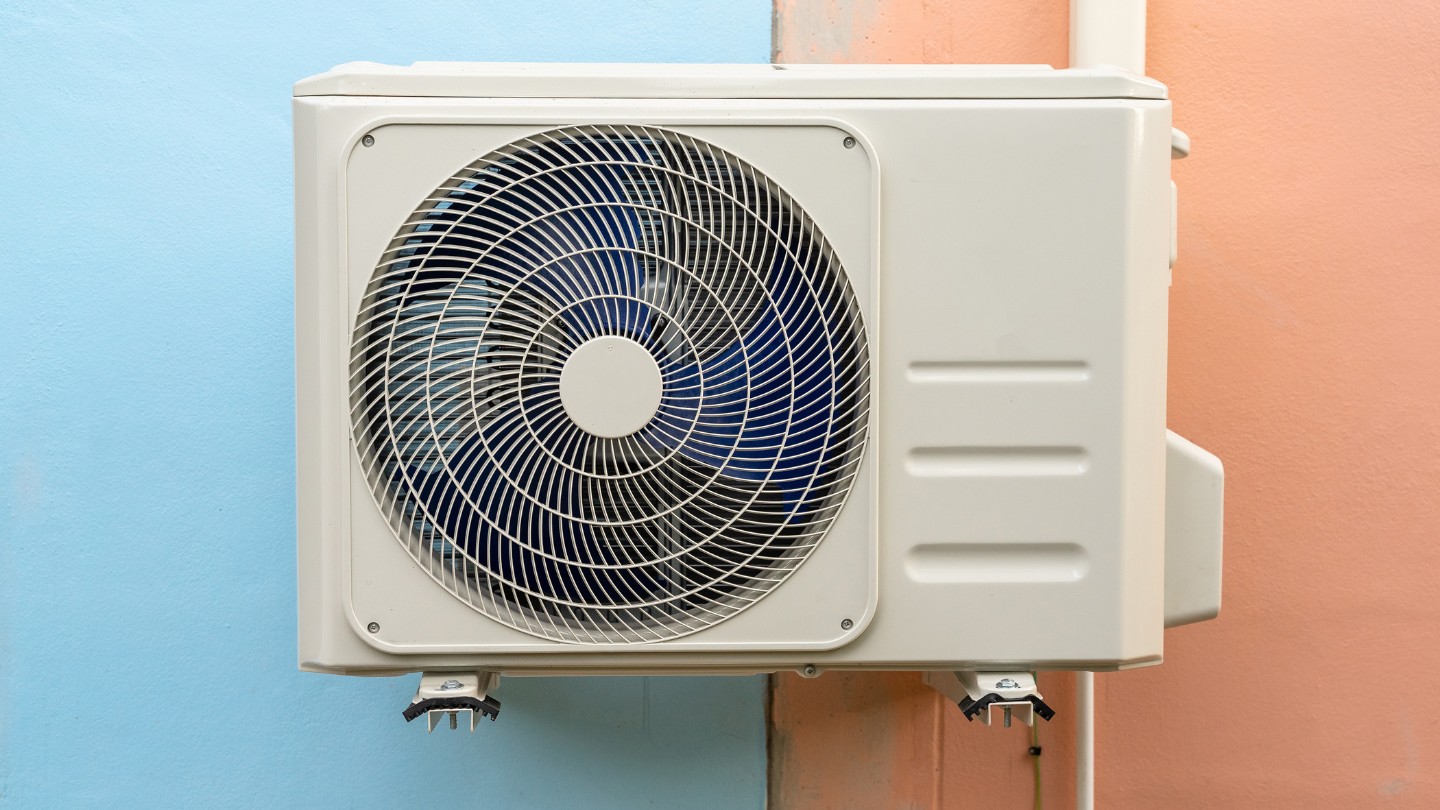
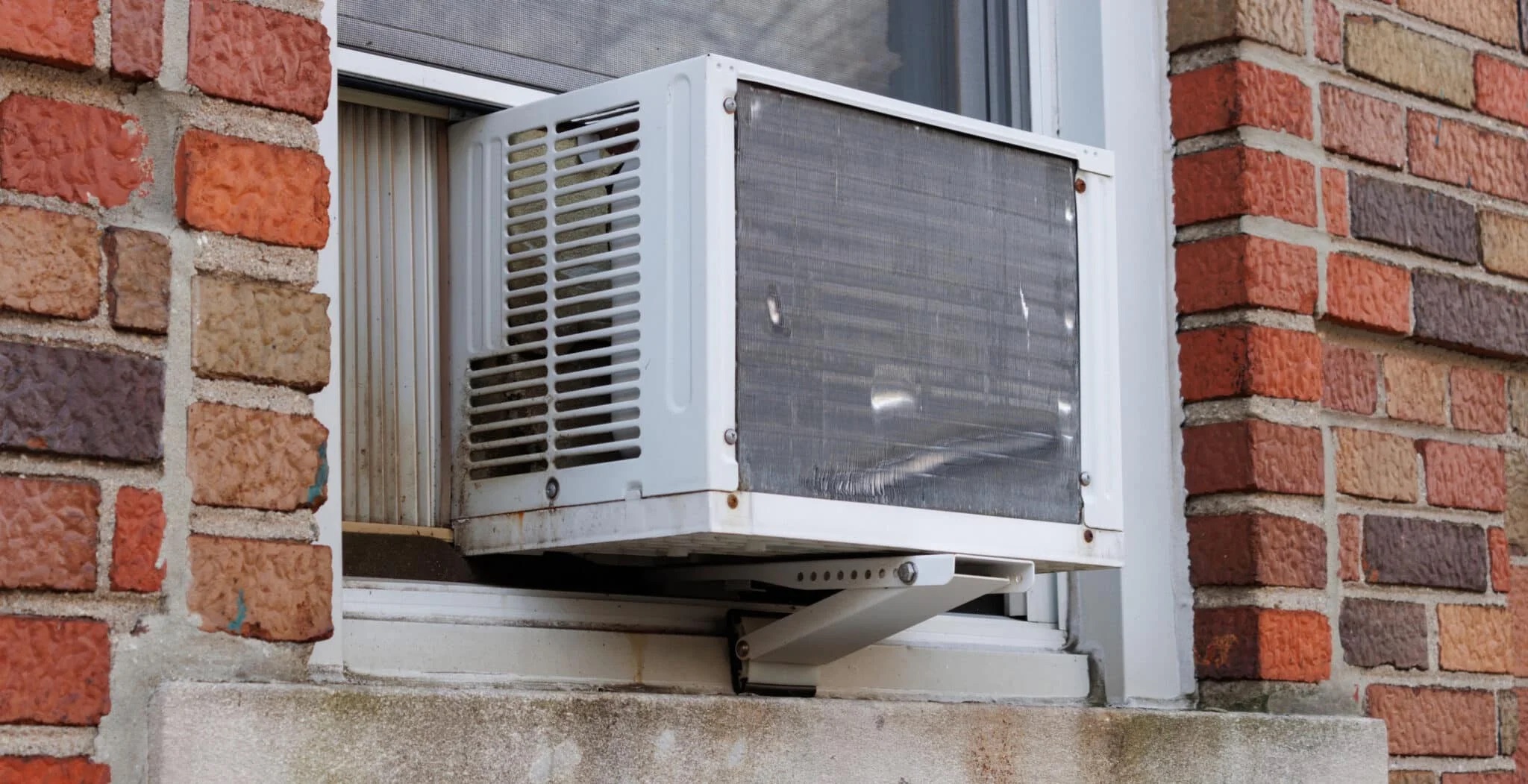
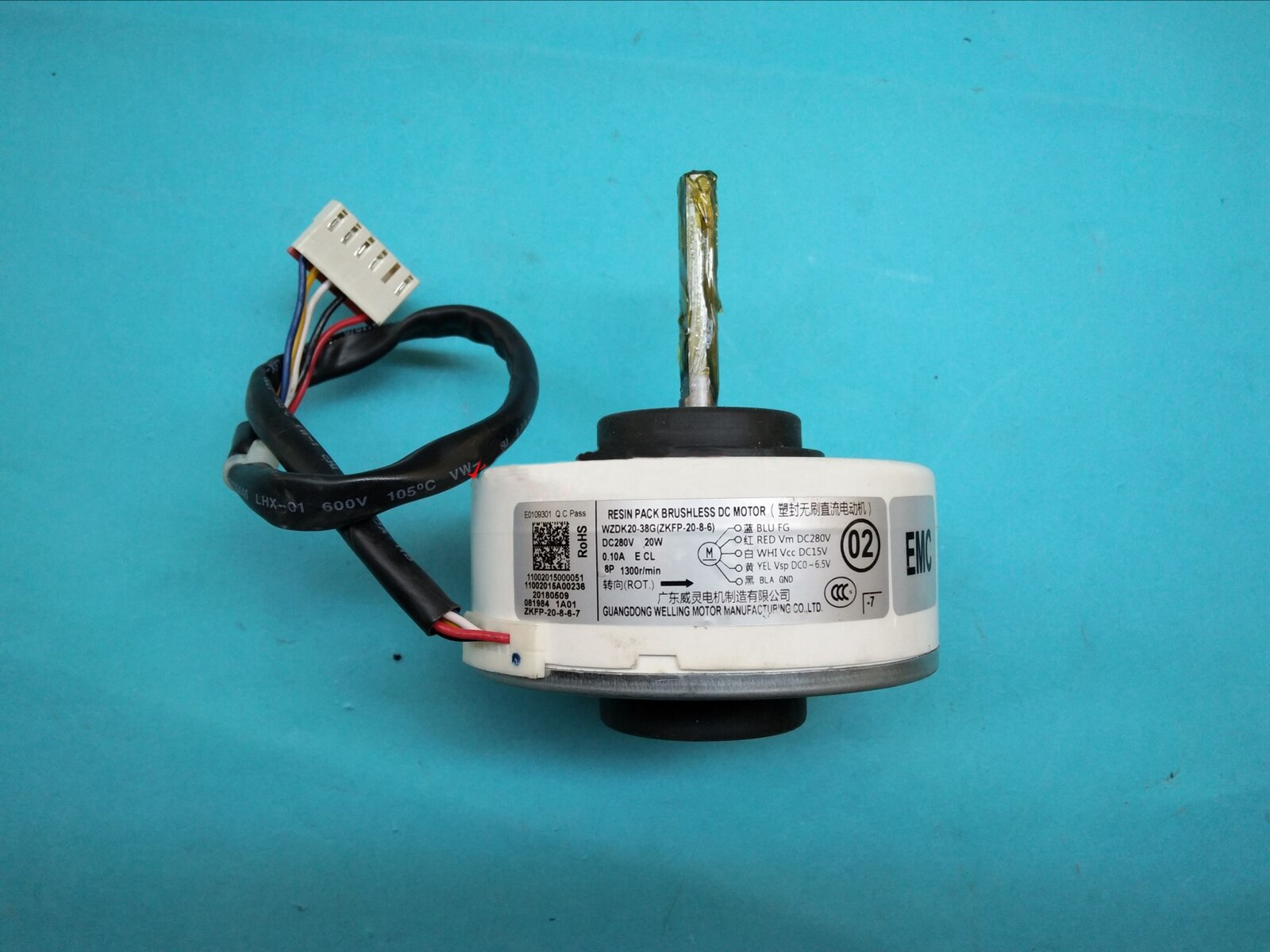
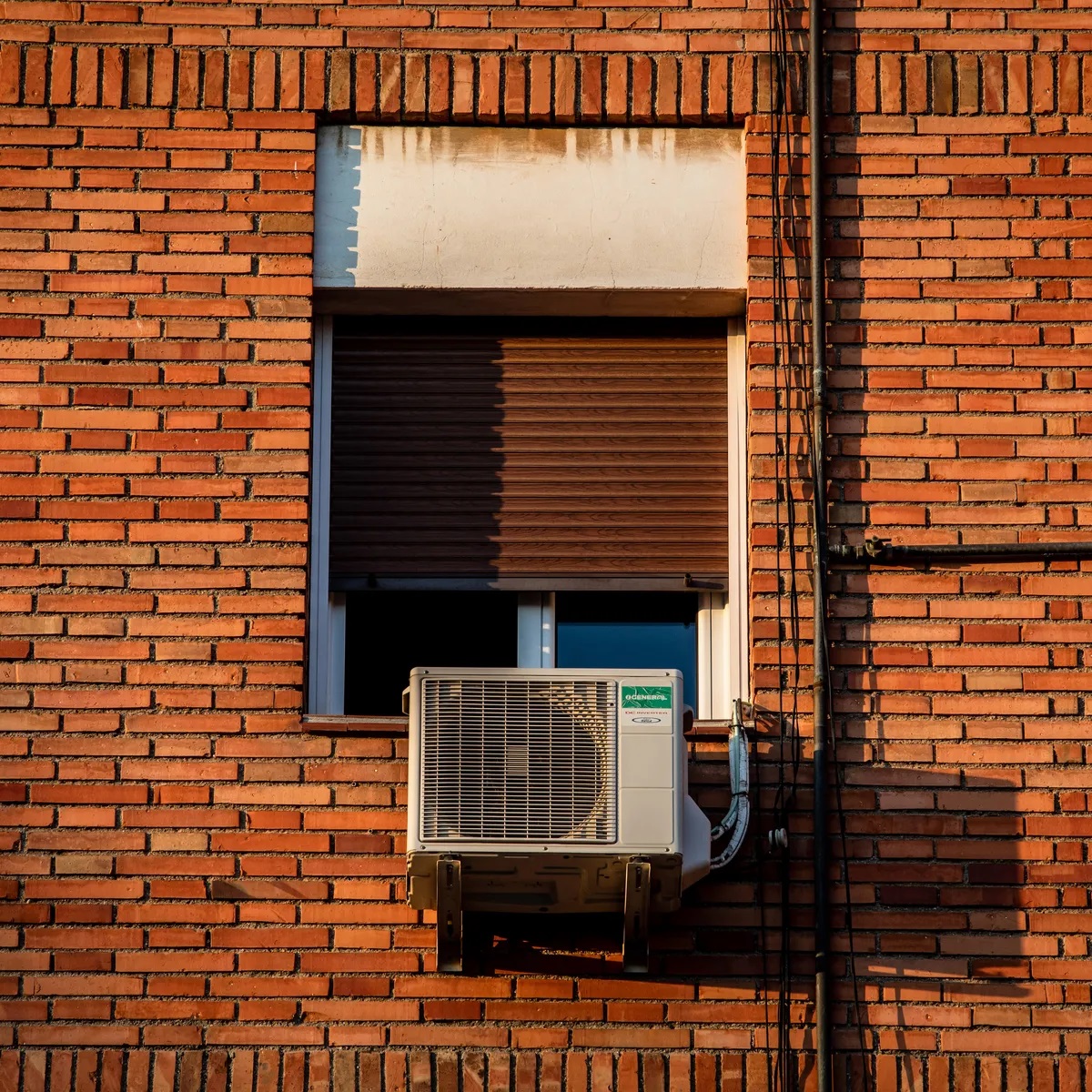
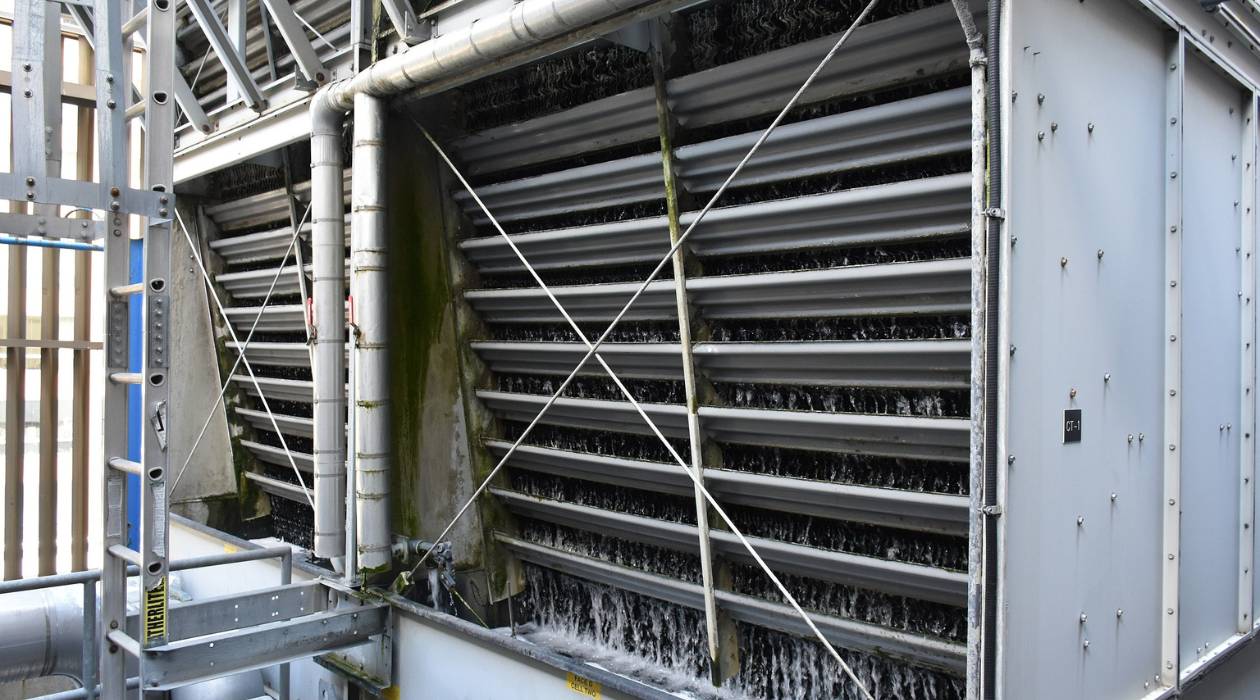
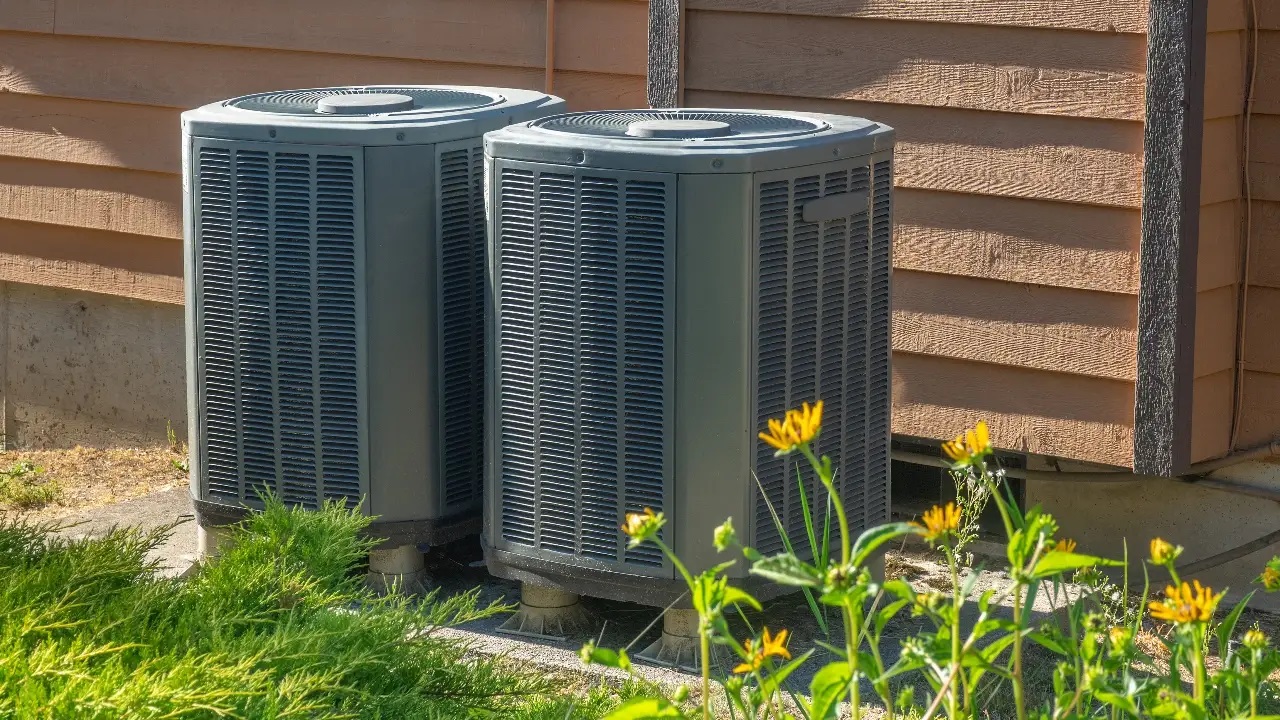
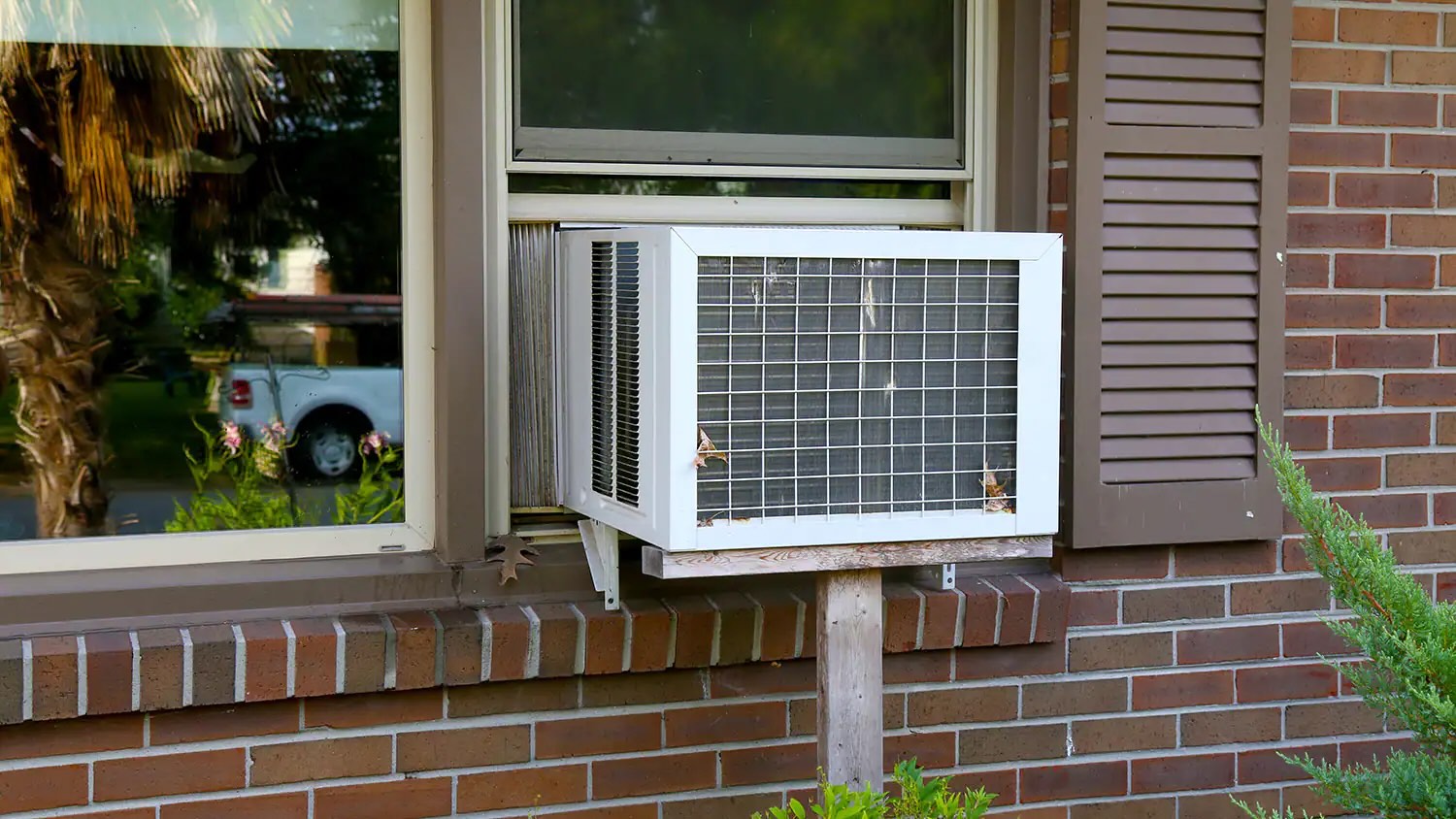
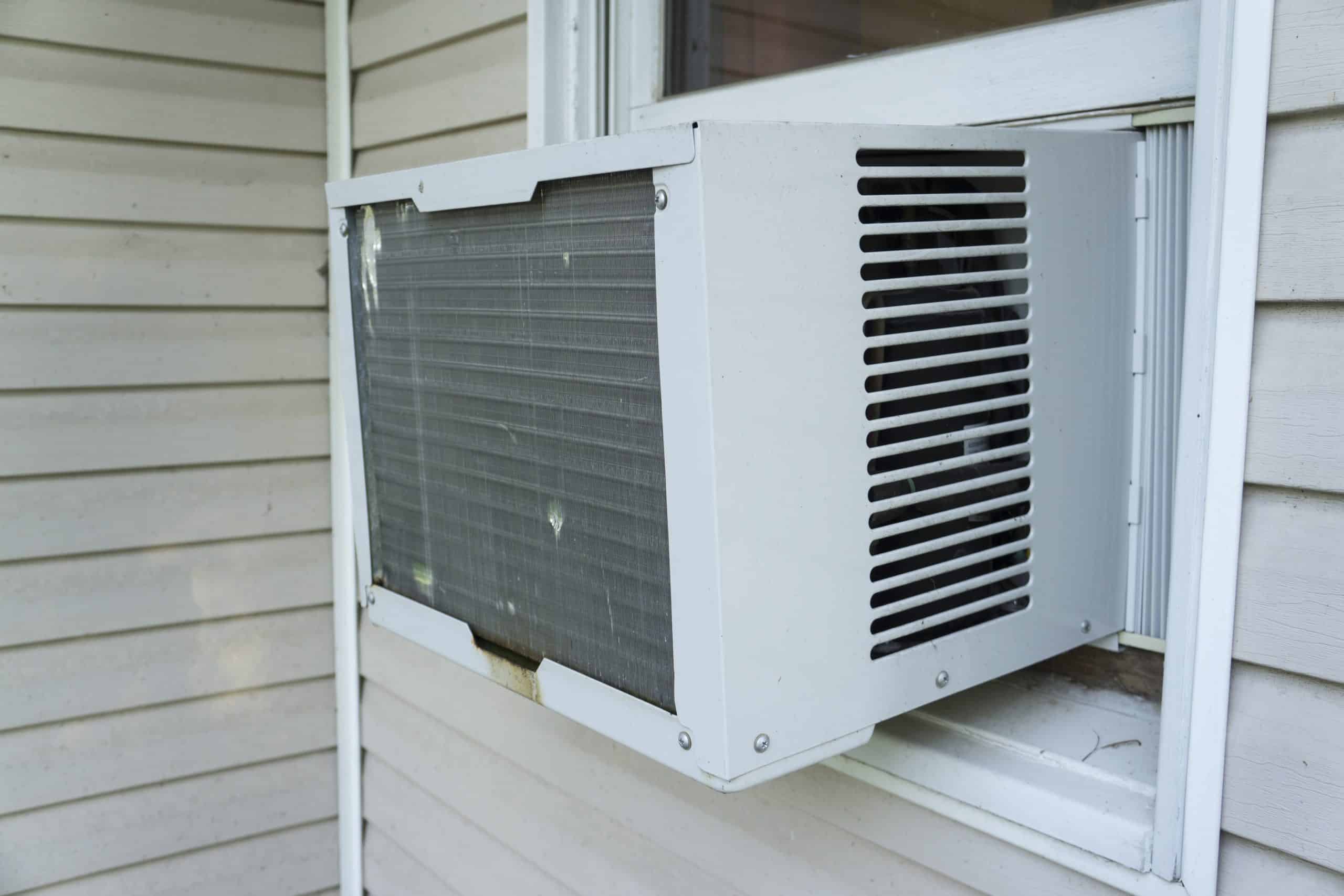
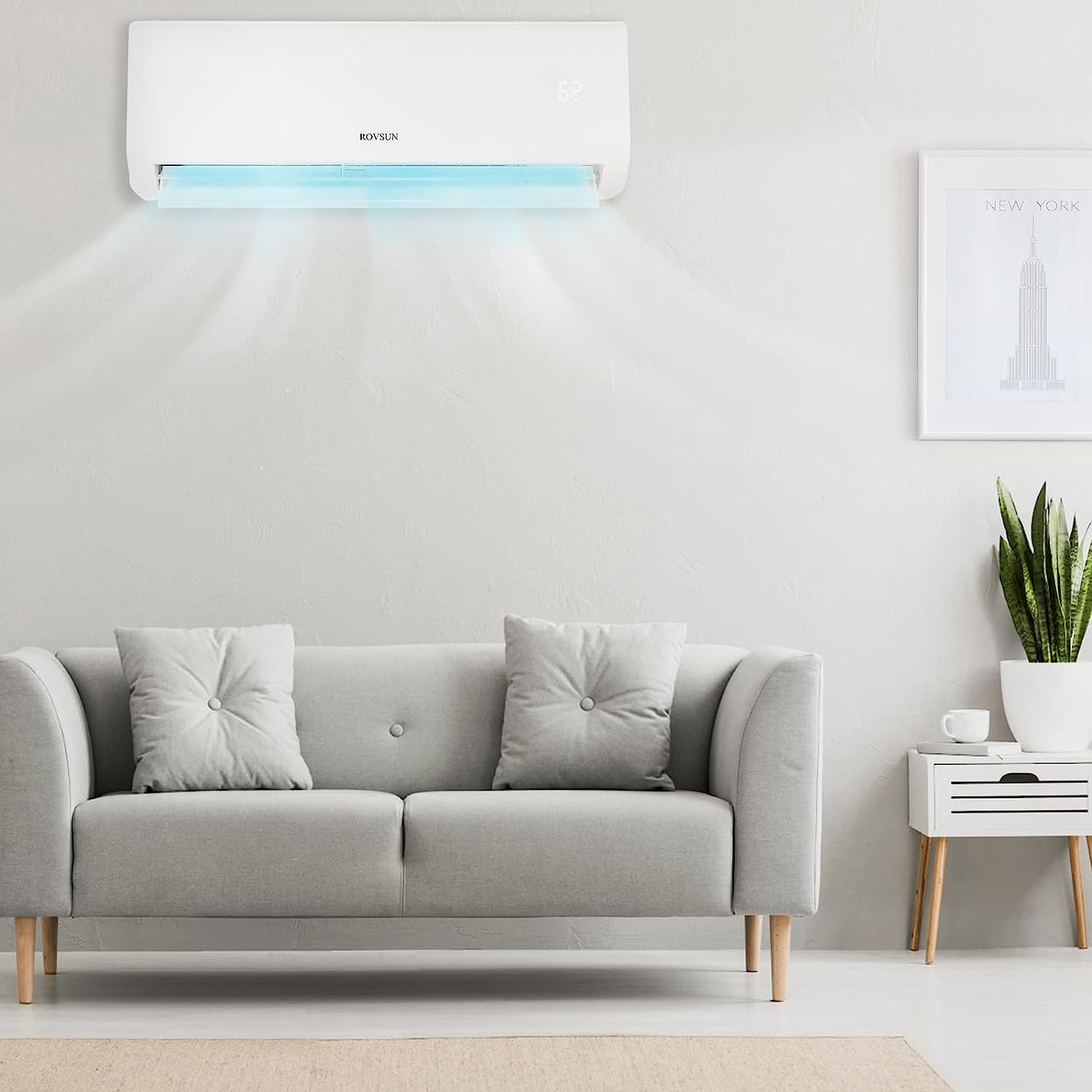

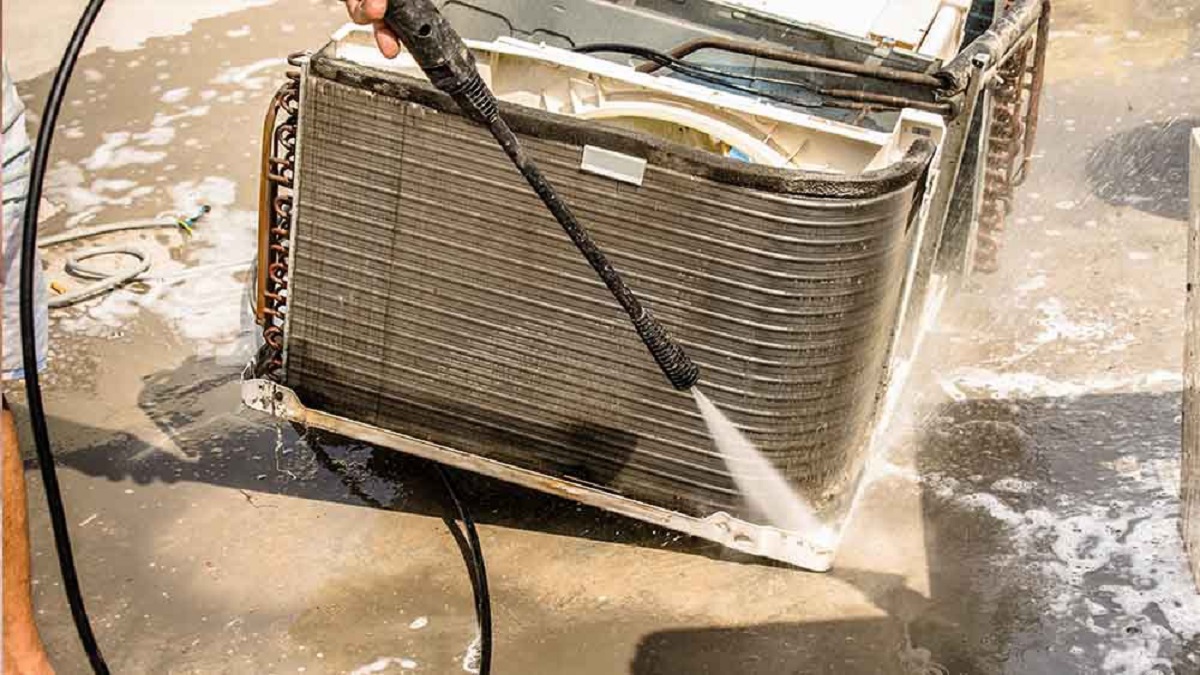
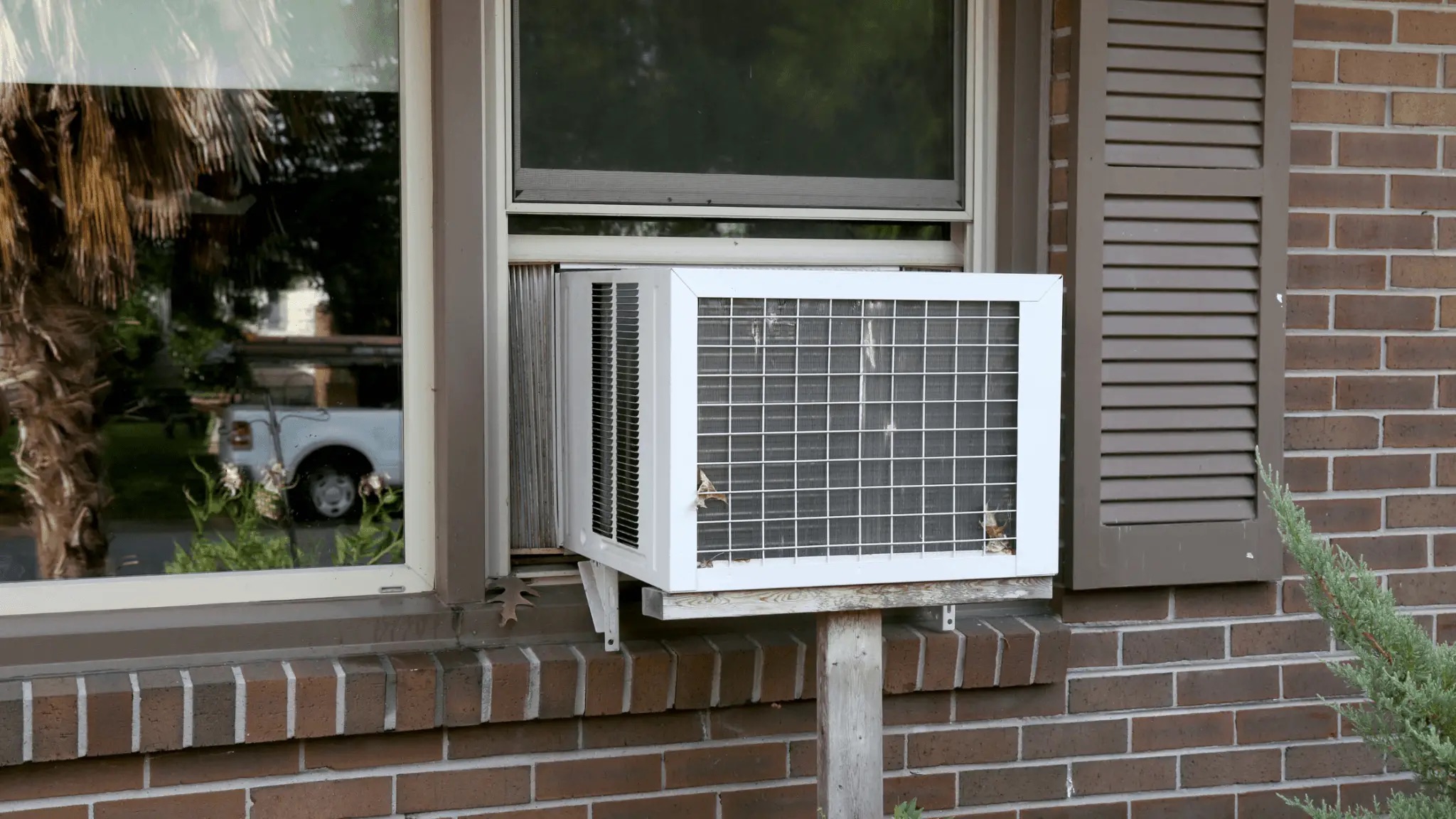
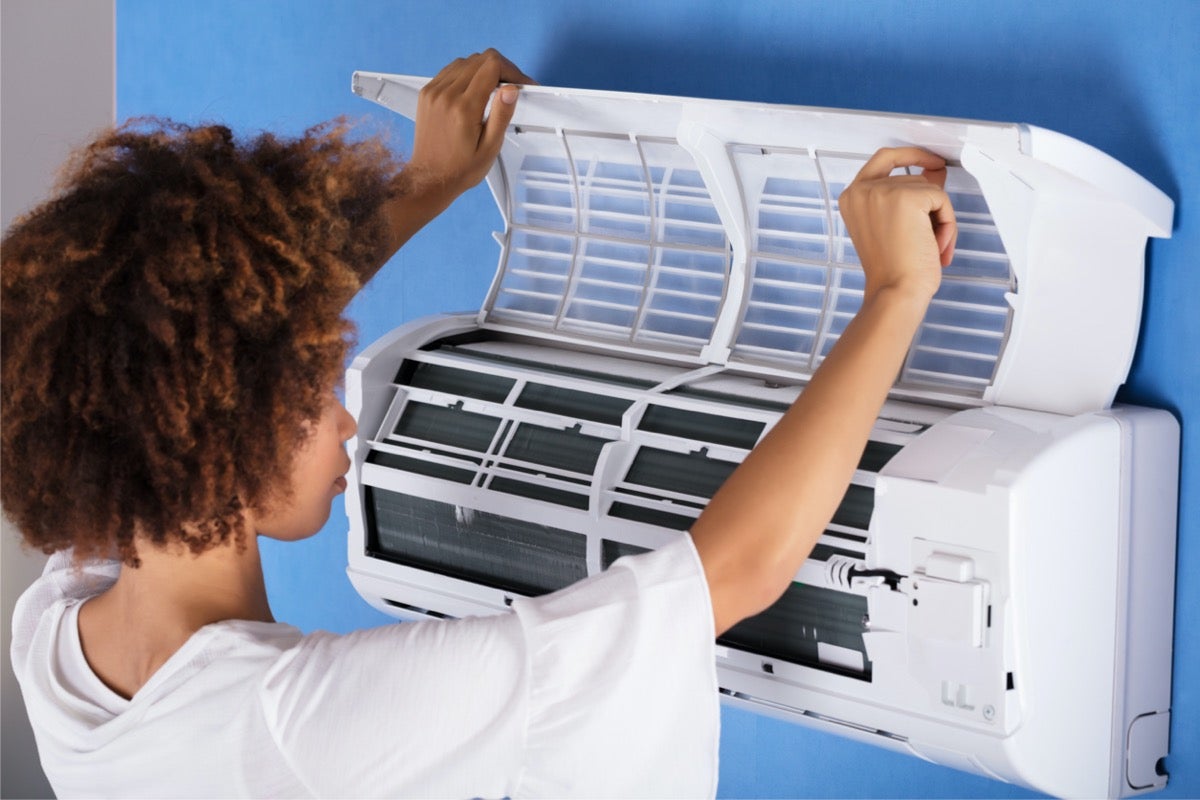
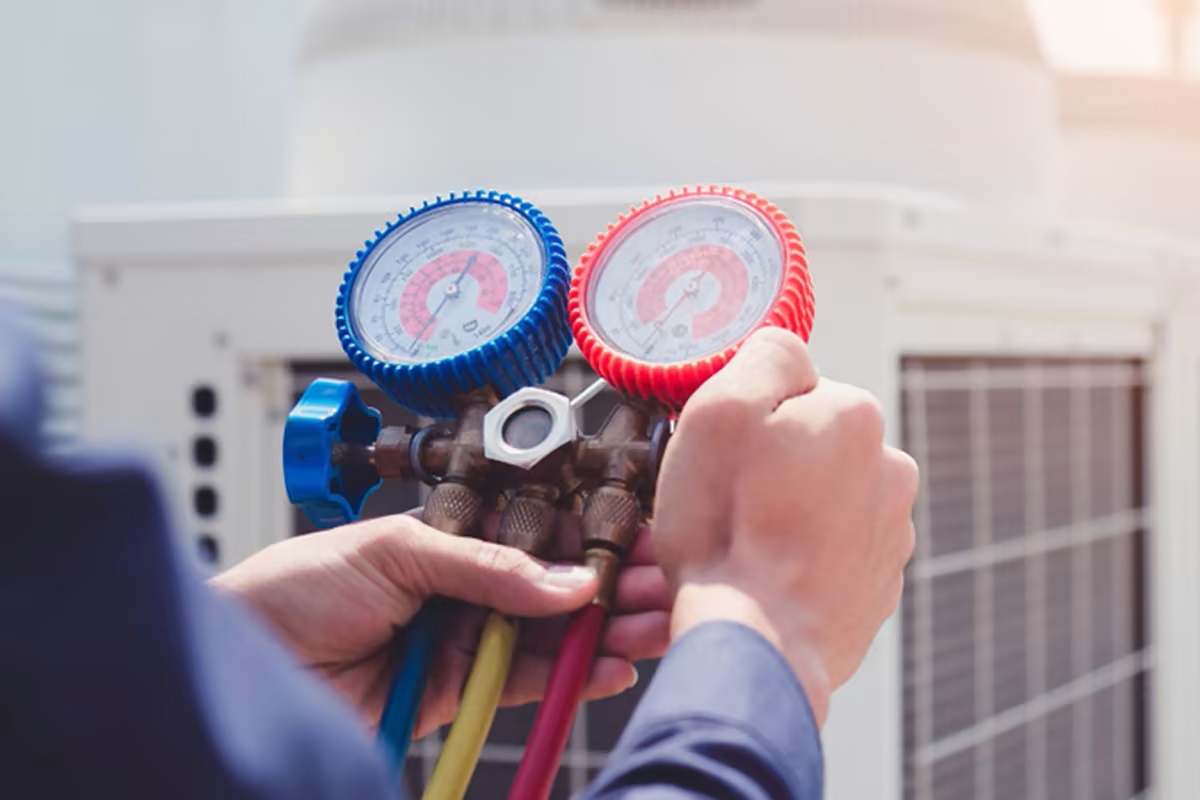

0 thoughts on “How Does Window AC Work”